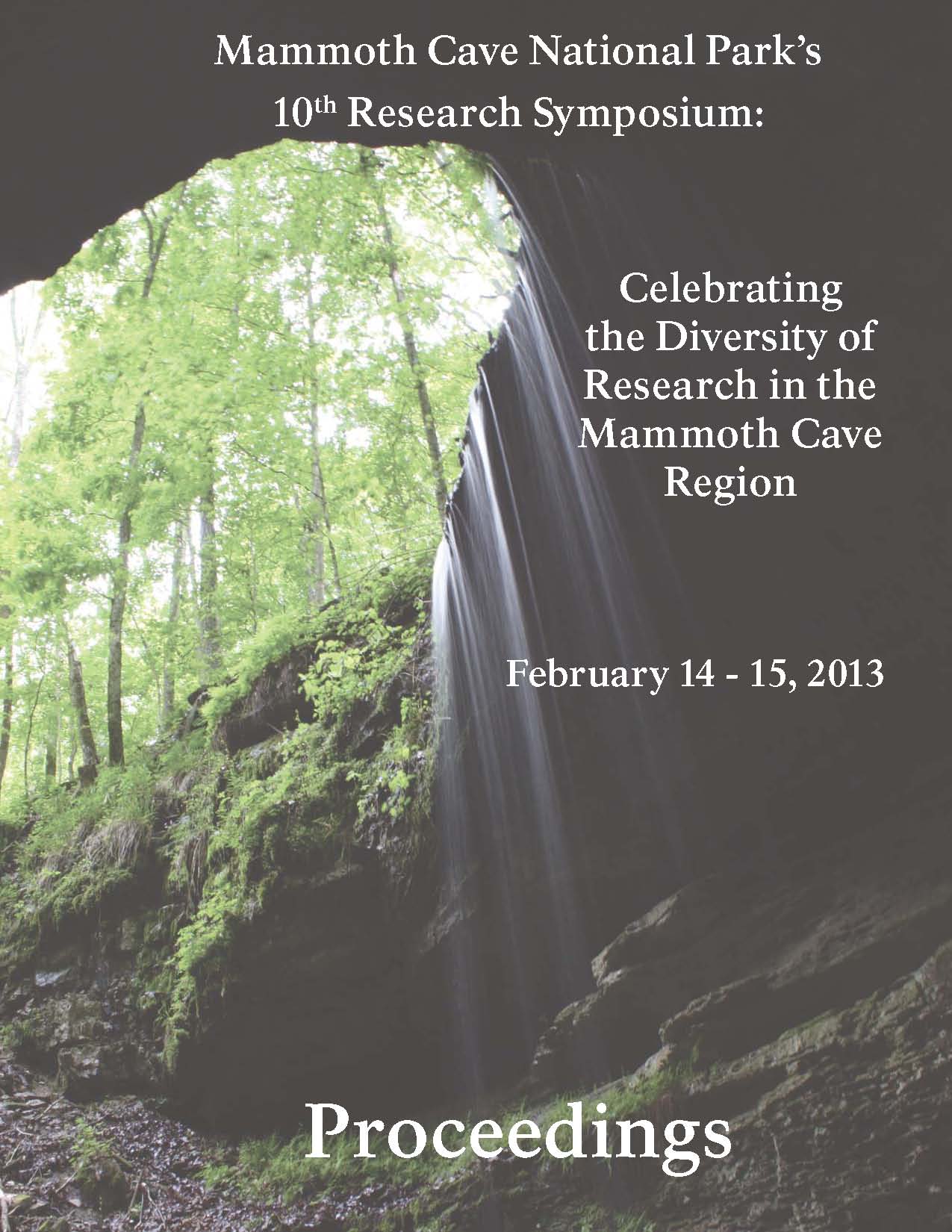Start Date
15-2-2013 2:50 PM
Description
Due to the complexity of groundwater fl ow in fractured-rock and karst aquifers, solute transport models for these aquifers are typically stochastic models based on tracer transport studies. Water and tracers do not fl ow at one single advective velocity but experience a wide range of velocities, from rapid fl ow in conduits to near stagnant conditions in adjacent voids. This variance of velocities is referred to as dispersion and is traditionally described mathematically by the advection-dispersion equation (ADE). Analytical solutions to the ADE are available and are referred to as advection-dispersion models (ADM).The ADM is fitted to the tracer data by varying the parameters until a best-fit is achieved between the experimental residence time distribution (RTD) and the model RTD. The major shortcomings of this approach are due to the symmetry of the ADM and its associated prediction of finite concentrations at zero time and its inability to reflect the long upper tail typical in experimental RTD data. This paper presents an alternative conceptual approach to the ADM for modeling solute transport in fractured-rock and karst aquifers. In this approach the variance in fl ow velocities and fl ow path lengths are addressed directly by treating them as random, gamma distributed variables and deriving the RTD from a transformation of random variables based on the ratio of length to velocity and representing the RTD as a conditional probability distribution of time. The resulting four parameter (Gamma-RTD) model is relatively easily parameterized since the fl ow path length is tightly distributed about the known straight line distance between the injection point and the effluent. The model is demonstrated and contrasted to the ADM below by applying it to tracer data from a quantitative tracer study at Mammoth Cave National Park. The results indicate that the Gamma-RTD is superior to the ADM in modeling the shape as well as the area of the experimental RTD.
Recommended Citation
Painter, Roger; Embry, Irucka; Roland, Victor; and Toomey, Rick, "An Alternative to the Advection Dispersion Model for Interpreting Dye Tracing Studies in Fractured-Rock and Karst Aquifers" (2013). Mammoth Cave Research Symposia. 32.
https://digitalcommons.wku.edu/mc_reserch_symp/10th_Research_Symposium_2013/Research_Posters/32
Included in
Animal Sciences Commons, Forest Sciences Commons, Geology Commons, Hydrology Commons, Other Earth Sciences Commons, Plant Sciences Commons
An Alternative to the Advection Dispersion Model for Interpreting Dye Tracing Studies in Fractured-Rock and Karst Aquifers
Due to the complexity of groundwater fl ow in fractured-rock and karst aquifers, solute transport models for these aquifers are typically stochastic models based on tracer transport studies. Water and tracers do not fl ow at one single advective velocity but experience a wide range of velocities, from rapid fl ow in conduits to near stagnant conditions in adjacent voids. This variance of velocities is referred to as dispersion and is traditionally described mathematically by the advection-dispersion equation (ADE). Analytical solutions to the ADE are available and are referred to as advection-dispersion models (ADM).The ADM is fitted to the tracer data by varying the parameters until a best-fit is achieved between the experimental residence time distribution (RTD) and the model RTD. The major shortcomings of this approach are due to the symmetry of the ADM and its associated prediction of finite concentrations at zero time and its inability to reflect the long upper tail typical in experimental RTD data. This paper presents an alternative conceptual approach to the ADM for modeling solute transport in fractured-rock and karst aquifers. In this approach the variance in fl ow velocities and fl ow path lengths are addressed directly by treating them as random, gamma distributed variables and deriving the RTD from a transformation of random variables based on the ratio of length to velocity and representing the RTD as a conditional probability distribution of time. The resulting four parameter (Gamma-RTD) model is relatively easily parameterized since the fl ow path length is tightly distributed about the known straight line distance between the injection point and the effluent. The model is demonstrated and contrasted to the ADM below by applying it to tracer data from a quantitative tracer study at Mammoth Cave National Park. The results indicate that the Gamma-RTD is superior to the ADM in modeling the shape as well as the area of the experimental RTD.

